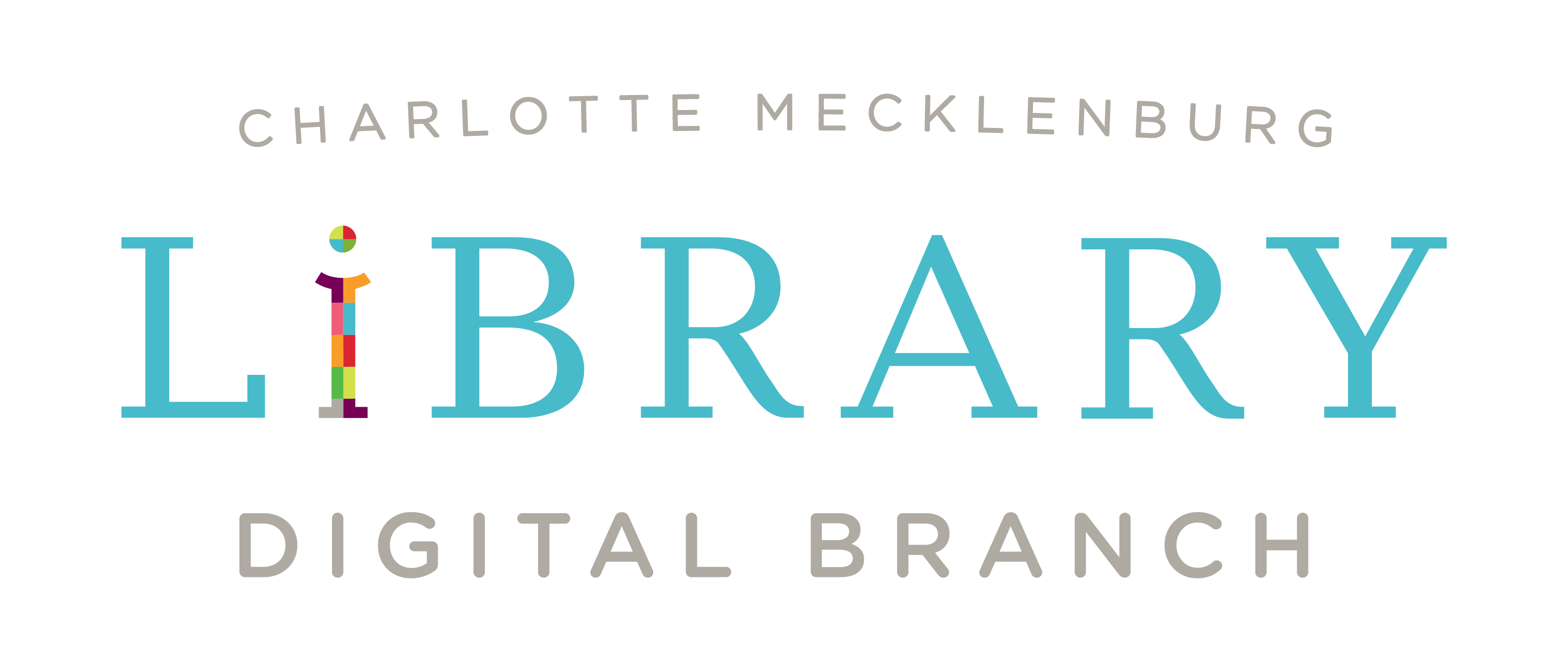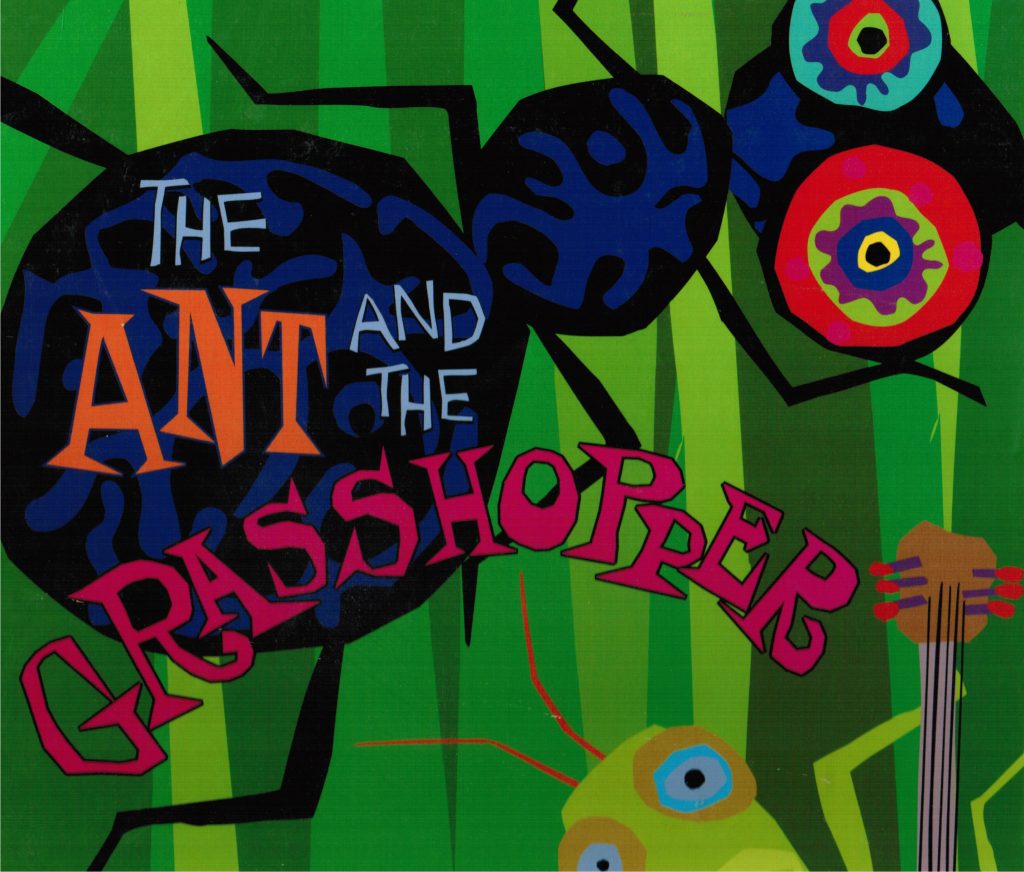
The Ant and the Grasshopper
Written By: Rebecca Emberley
Illustrated By: Ed Emberley
Synopsis: In this version of the classic fable, a weary ant is energized by the swinging sounds of a grasshopper and his “buggy” band.
Let’s Celebrate Día!
El día de los niños/El día de los libros (Children’s Day/Book Day), commonly known as Día, is a celebration every day of children, families, and reading that culminates yearly on April 30. The celebration emphasizes the importance of literacy for children of all linguistic and cultural backgrounds.
Día is a nationally recognized initiative that emphasizes the importance of literacy for all children from all backgrounds. It is a daily commitment to linking children and their families to diverse books, languages and cultures. The common goals of all Día programming are to:
- Celebrate children and connect them to the world of learning through books, stories and libraries.
- Nurture cognitive and literacy development in ways that honor and embrace a child’s home language and culture.
- Introduce families to community resources that provide opportunities for learning through multiple literacies.
- Recognize and respect culture, heritage and language as powerful tools for strengthening families and communities.
(From The Association for Library Service to Children (a division of the American Library Association), About Día, www.dia.ala.org/content/about-día)
Día at the Library!
In honor of Día, the library is going all out, or rather “bugging” out, in order to provide Charlotte Mecklenburg Library families with fun and exciting bug-themed events featuring STEAM components. Looking for an event near you? Simply check out our CALENDAR and discover all the fun events happening at a location near you!
 These super fun programs all lead up to our large-scale Día event, hosted at Discovery Place on Saturday, April 27th in conjunction with their “Arthropod Day”. We are also very excited to announce Margaret Read MacDonald as our guest author for Dia! Margaret is the author of Conejito, Pickin’ Peas, The Squeaky Door, Go to Sleep Gecko! and many other folktales and children’s picture books. You can find a list of all of her books HERE!
These super fun programs all lead up to our large-scale Día event, hosted at Discovery Place on Saturday, April 27th in conjunction with their “Arthropod Day”. We are also very excited to announce Margaret Read MacDonald as our guest author for Dia! Margaret is the author of Conejito, Pickin’ Peas, The Squeaky Door, Go to Sleep Gecko! and many other folktales and children’s picture books. You can find a list of all of her books HERE!
In the meantime, let’s get this buggy party started, by reading this month’s Storytime Train selection, The Ant and the Grasshopper by Rebecca and Ed Emberley. This jazzy remix of the classic Aesop fable, will certainly have you dancing, singing and boogying right along! We also have some fantastic activities you can do at home that not only celebrate this month’s book selection but will also get the whole family excited for our Día celebration!
Fun with Bugs!
What did you think of The Ant and the Grasshopper? It’s definitely one of my favorites and a fun take on an old classic! With all those bugs in mind, let’s take a look at some fun activities you can do with this month’s selection . . .
LOVE BUG GAME
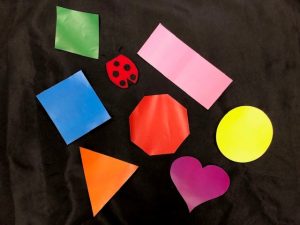 Now it’s time to really get this Storytime Train hopping! Our first activity is a fun and interactive flannel story. Using different colored shapes and a little bug who enjoys a good game of Hide-And-Seek, you can work on color and shape recognition skills by hiding the bug behind the shape and having your child guess where it is by calling out the shape and/or color. CLICK HERE for the template to create your own LOVE BUG game!
Now it’s time to really get this Storytime Train hopping! Our first activity is a fun and interactive flannel story. Using different colored shapes and a little bug who enjoys a good game of Hide-And-Seek, you can work on color and shape recognition skills by hiding the bug behind the shape and having your child guess where it is by calling out the shape and/or color. CLICK HERE for the template to create your own LOVE BUG game!
Once your shapes and Love Bug have been created, use the following rhyme to play the game:
Love Bug, Love Bug, oh so smart.
Are you hiding behind (NAME THE COLOR AND/OR SHAPE)?
The best part about this game is that you can mix it up any way you like! Add letters to your shapes for a fun literacy game. Looking to work on number recognition or even math skills? Add numbers and have your little one either call out the number or add the numbers together. The options are endless, and you can be as creative as you like!
Don’t have any flannel on hand? That’s okay! You can also use construction paper or cardstock and make it a fun table game. Your little entomologist can even design/color/create their own Love Bug to hide for even more interactive fun!
BUG MOVEMENT CARD DANCE PARTY!
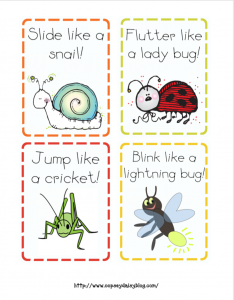 The Ant and the Grasshopper is all about music, movement, and rhythm. What better way to celebrate all those things than with a dance party, a BUG dance party that is!
The Ant and the Grasshopper is all about music, movement, and rhythm. What better way to celebrate all those things than with a dance party, a BUG dance party that is!
Using these fantastic movement cards provided by Oopsey Daisey (or by creating your own), put on some jazzy music and call out the movements on each card. Have them fly like a butterfly or wiggle like a worm all to music, just like our friends in The Ant and the Grasshopper. Once they’re familiar with the words and corresponding image, see if they can perform the move without verbal prompting and just through the cards themselves.
Looking for some great music to dance along to? Make a playlist on the library’s free music resource, FREEGAL, to help get your super swinging bug dance party started!
This is another fun activity that can be modified. Add your own cards to the deck or see if they can put the moves together in a sequence. You can also use this as an opportunity to work on bug/insect recognition. Can they recognize the bug? Can they tell you how that bug moves? There is a lot of flexibility with this activity as well as a fun way to get those wiggles out, especially on a rainy day!
Did you love today’s story, The Ant and the Grasshopper?
Click the button below to discover more fun books about bugs, insects, and all things creepy crawly!
ACTIVE READING QUICK TIPS
What exactly is Active Reading?
Active reading is a way to read with your child that we know builds their early reading skills. Active reading encourages kids to think about the book, teaches them new words, and connects books to their world. There are three key things that we call the ABCs of active reading: Asking questions, building vocabulary, and connecting to their world. Through these Active Reading Quick Tips, we hope to practice some of the things that you can do with a book with your child that research has shown to effectively teach early reading skills that will prepare kids for kindergarten.
This month’s focus is:
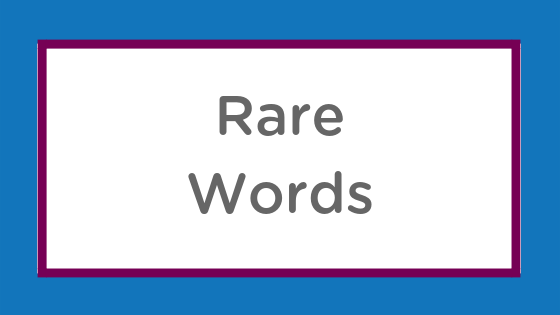
What are “Rare Words?”
Rare words are –
- Used a lot in books, but are not used in conversation (These are often words that are synonyms of words that are commonly used (for example, ecstatic instead of happy, gigantic instead of big)
- Not often used and that are new to children (impatient, type)
- Are specific to an idea, topic, or place that are important for kids to learn so that they can learn more about those things. For older kids, rare words includes phrases and figurative language that is new to them.
Finding Rare Words:
When you find rare words, you’re looking for words that your child doesn’t know, which may be any word for a young child. This also means that you can find a few new words each time you read a book. As you become more familiar with the story and the words that jump out first, then you can find new words.
Defining Rare Words:
You can define words for your child in a few ways –
- One way is to create a child-friendly definition. This means creating a way of explaining the word that your child understands. You may want to explain it using synonyms that they do know.
- Another way is to use the picture and point to the images that will help the child understand the word. This is helpful if the word is something like an animal or feeling that the child can see in the picture.
- You can also ask questions that help your child connect the word to their experience; how have they experienced this feeling?
- Finally, you can ask questions about words that help them use the word in a new way.
Putting it All Together:
Using our story this month, The Ant and the Grasshopper, lets examine the rare word, WEARY (page 3), and explore the different methods of creating friendlier definitions –
- CREATE A CHILD FRIENDLY DEFINITION – Oh! This a new word, the word is “weary.” Do you know what weary means? Weary is just another word for tired or sleepy.
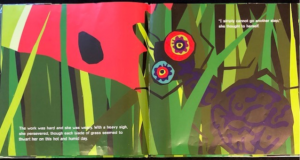 USE THE PICTURE AND POINT TO IMAGES – Look at this picture, the ant is carrying that BIG piece of watermelon all by himself. It is probably very heavy, making him feel weary. Looking at this picture, what do you think “weary” means? That’s right, it means tired or sleepy!
USE THE PICTURE AND POINT TO IMAGES – Look at this picture, the ant is carrying that BIG piece of watermelon all by himself. It is probably very heavy, making him feel weary. Looking at this picture, what do you think “weary” means? That’s right, it means tired or sleepy!- CONNECT TO THE CHILD’S WORLD – Do you remember the time we went to the park and you ran all around chasing the ducks! It was so much fun but by the end you felt very weary. Do you remember that feeling? What do you think the word weary means when you remember that day at the park? That’s right! You were very, very tired.
- ASK QUESTIONS THAT HELP USE THE WORD IN A NEW WAY – Can you think of other times that you might have felt weary? Do we just feel weary after carrying something heavy or running around the park? Can we feel weary when we are sick or sad?
Friendly Reminder!
Just like open-ended questions, you do not have to define every rare word. Instead select one or two words and once you feel your child can define them on their own, move on from there and see what other new and exciting rare words you can discover in the text.
Are you interested in learning more about Active Reading or registering for one of our informative workshops?
Click the button below to visit our website to find out more information and to find a workshop near you!

Active Reading is made possible with the additional generous support of:


